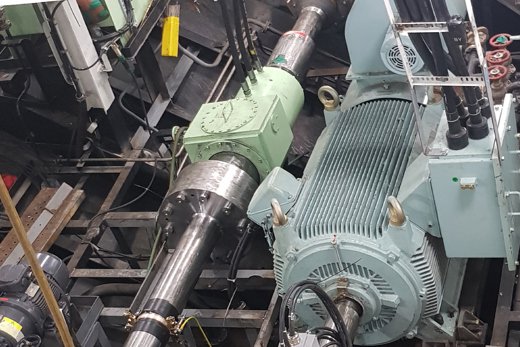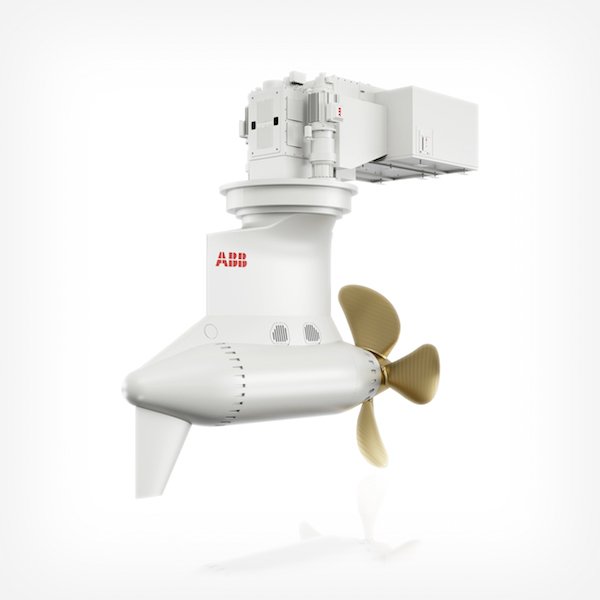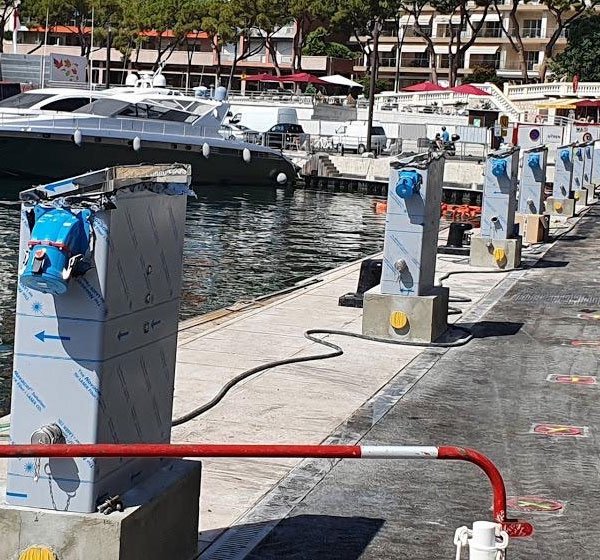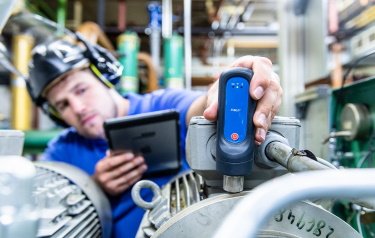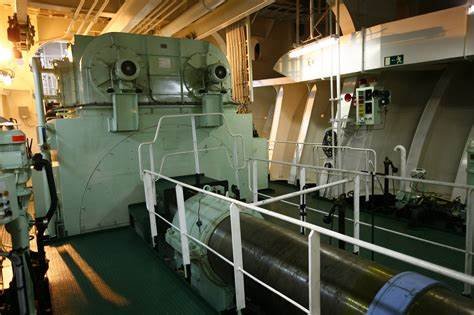
In the pursuit of greener and more energy-efficient operations, the maritime industry has increasingly turned to innovative technologies to optimize power generation on board vessels. One such advancement is the implementation and use of shaft generators. These systems harness the rotational energy of a ship’s main propulsion shaft to generate electricity, leading to improved fuel efficiency and reduced environmental impact. In this article, we explore the implementation, benefits, challenges, and future prospects of shaft generators in the maritime sector.
Understanding Shaft Generators
1.1 How Shaft Generators Work
Shaft generators, also known as shaft-driven generators or propulsion generators, are integrated into a ship’s propulsion system to convert mechanical energy into electrical energy. They utilize the rotational motion of the ship’s main propulsion shaft, typically driven by a diesel engine or gas turbine, to produce electricity. This electricity can power various shipboard systems, reducing the reliance on auxiliary generators and optimizing energy consumption.
1.2 Integration and Components
Shaft generators are typically connected to the main propulsion shaft through a gearbox or clutch arrangement. The rotational energy from the shaft is transferred to the generator, which is often a synchronous generator or an induction generator. The generated electricity is then distributed throughout the ship’s electrical network for use by onboard systems, including lighting, air conditioning, navigation equipment, and cargo handling machinery.
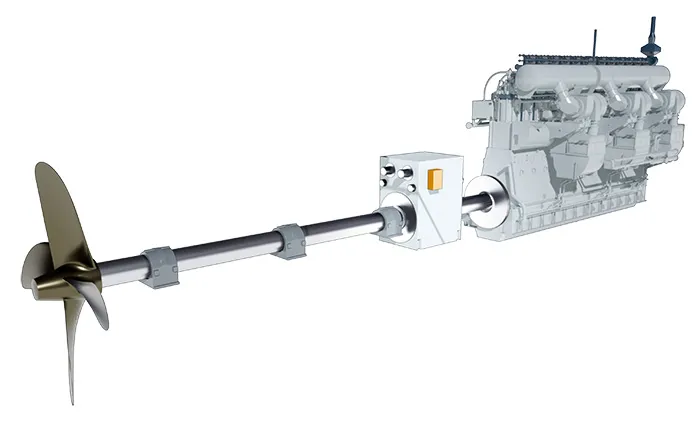
Advantages of Shaft Generators
2.1 Fuel Efficiency and Emissions Reduction
One of the primary advantages of shaft generators is their contribution to fuel efficiency. By generating electricity directly from the ship’s propulsion system, they eliminate the need for additional auxiliary generators, which consume fuel and produce emissions. This optimized energy utilization leads to significant fuel savings and a corresponding reduction in greenhouse gas emissions.
2.2 Cost Savings
Shaft generators can result in substantial cost savings for ship operators. By reducing the running hours and fuel consumption of auxiliary generators, there is a decrease in maintenance and operational costs associated with these systems. Additionally, the efficient use of generated electricity reduces the need to purchase power from shore connections while in port.
2.3 Power Availability and Redundancy
Shaft generators ensure a reliable and consistent power supply on board. As they are directly linked to the main propulsion shaft, they provide power even during low-load or idle periods, eliminating the risk of power interruptions. This redundancy is crucial for critical systems and operations, enhancing safety and operational efficiency.
Implementation Challenges
3.1 Design and Retrofitting Considerations
The implementation of shaft generators can present challenges during the design and construction of new ships, as well as in retrofitting existing vessels. Proper integration into the propulsion system requires careful engineering, space considerations, and alignment with the ship’s power distribution network. Retrofitting can be more complex and may involve modifications to the existing propulsion system and electrical infrastructure.
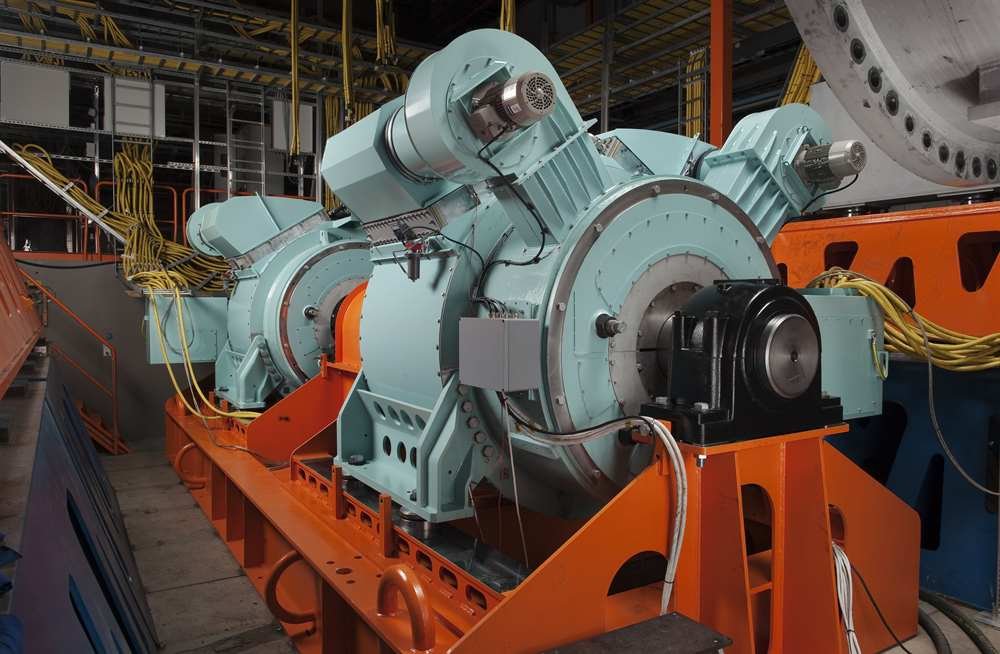
3.2 Control and Synchronization
Achieving optimal control and synchronization between the shaft generator and other power sources is vital for seamless operation. Ensuring compatibility between the propulsion system, generator control systems, and shipboard automation is essential to prevent power fluctuations and maintain stable electrical networks.
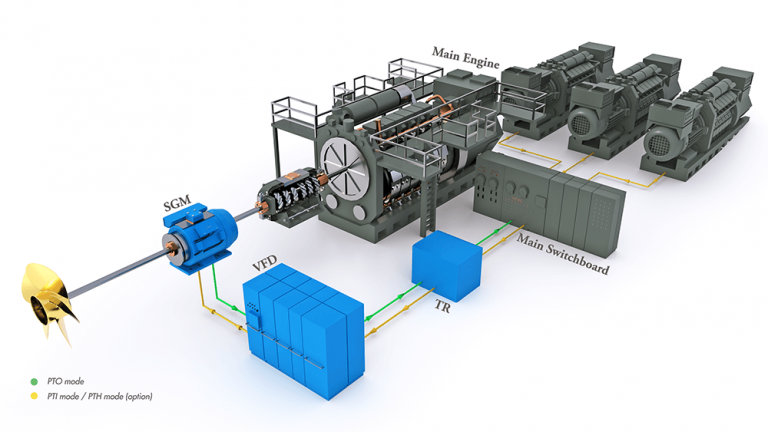
Future Prospects and Innovations
4.1 Hybrid Power Systems
The future of shaft generators lies in their integration with hybrid power systems. By combining multiple energy sources such as shaft generators, batteries, and renewable energy systems like solar or wind, vessels can further optimize fuel consumption, reduce emissions, and enhance power availability.
4.2 Smart Grid Integration and Energy Management
Advancements in smart grid technology and energy management systems enable more efficient utilization of electricity generated by shaft generators. Real-time monitoring, intelligent load management, and predictive algorithms can optimize power distribution, reduce peak loads, and improve overall energy efficiency on board.
4.3 Energy Recovery Systems
Further innovation lies in developing energy recovery systems that harness wasted energy from the ship’s propulsion system, such as waste heat or exhaust gas. Integrating such systems with shaft generators can enhance overall energy recovery and further reduce fuel consumption.
Conclusion
The implementation and use of shaft generators have emerged as a viable solution for improving energy efficiency and reducing emissions in the maritime industry. By utilizing the rotational energy of the main propulsion shaft, these systems provide sustainable electricity generation, resulting in significant fuel savings and cost reductions. While challenges exist in terms of integration and control, ongoing technological advancements and increased industry adoption promise a brighter and more sustainable future for shaft generators. As the maritime sector continues to prioritize environmental responsibility and operational efficiency, shaft generators will play a crucial role in achieving these objectives.
